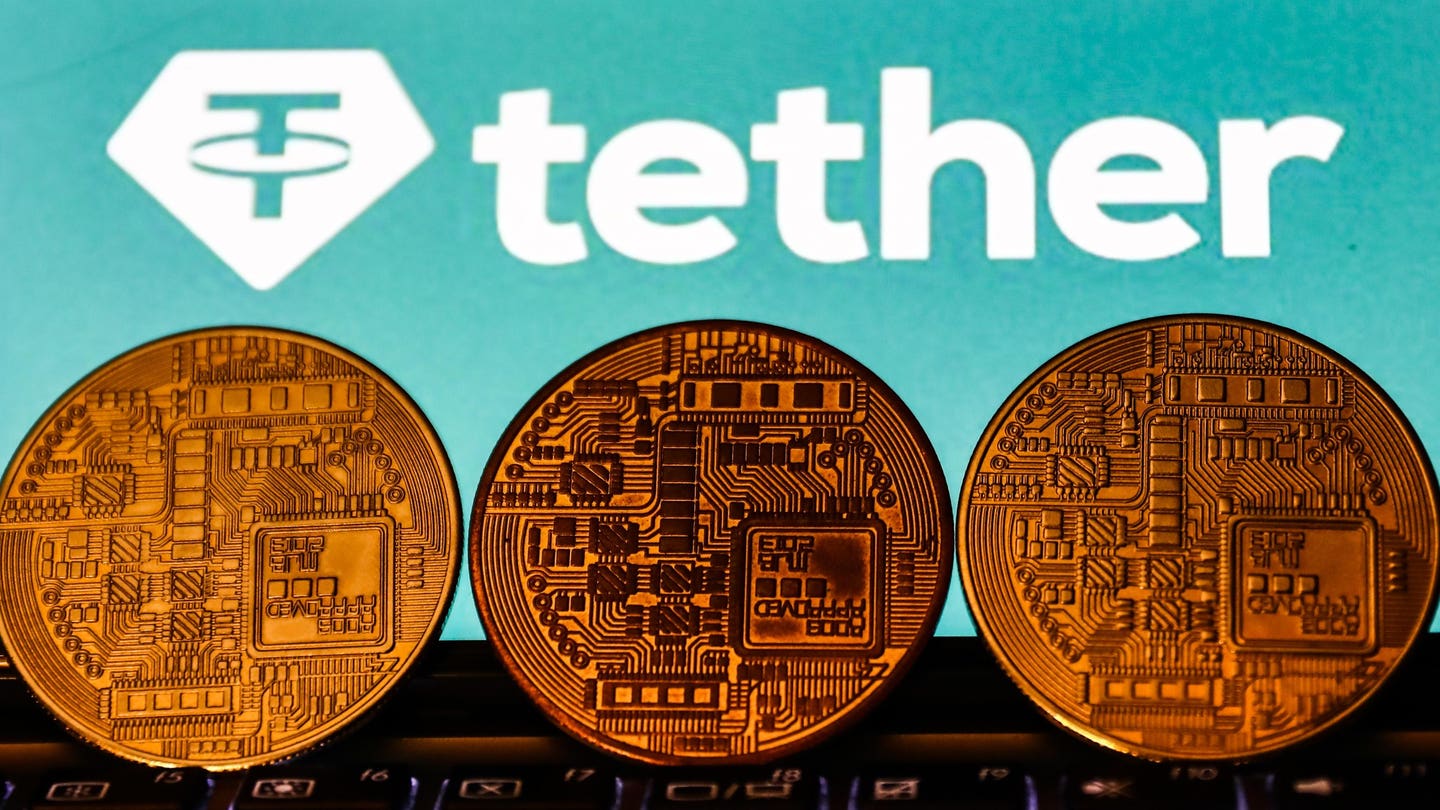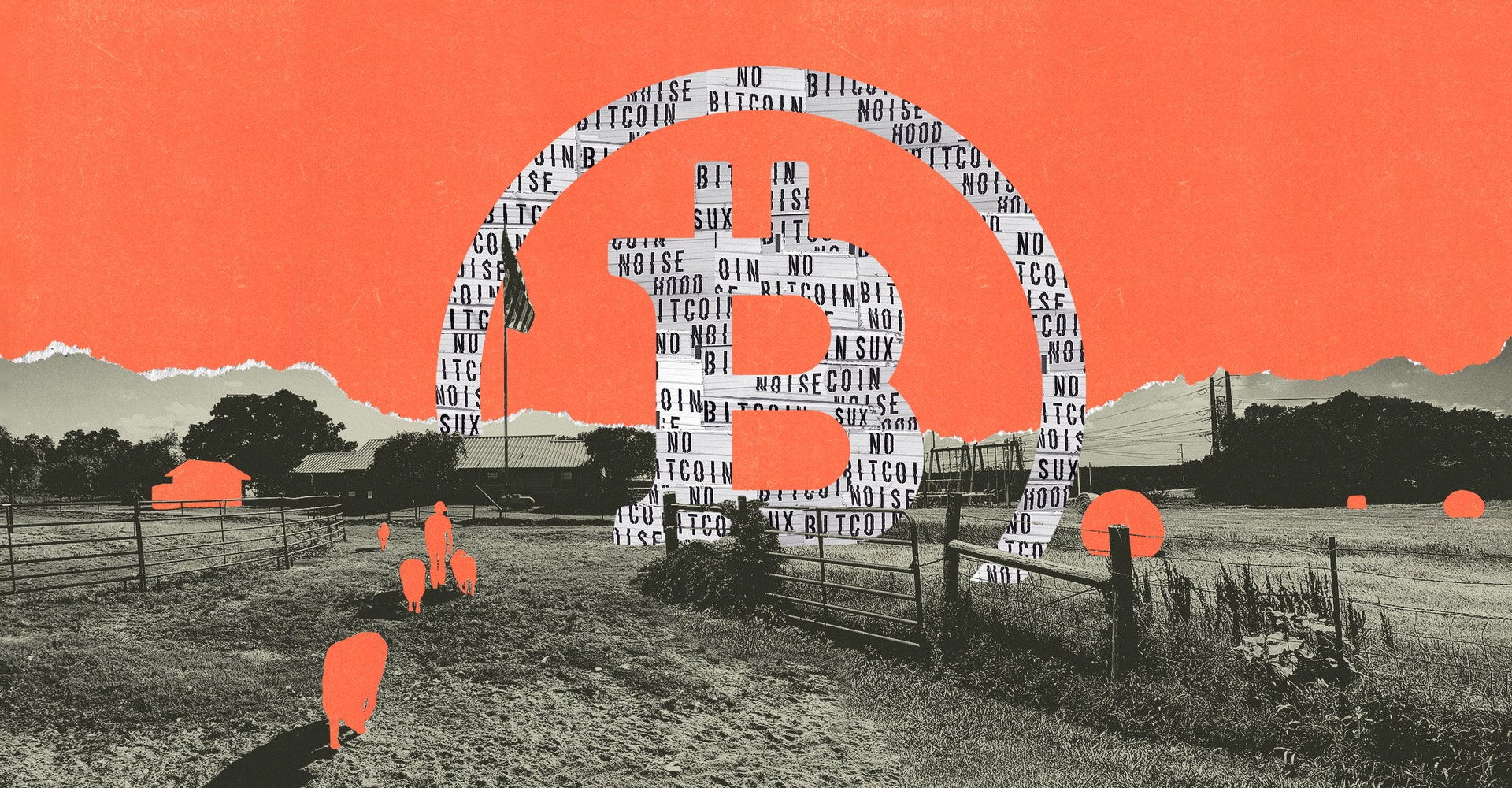

The increasingly multilayered nature of the blockchain ecosystem has created a growth spurt in user activity and liquidity, but the challenges it throws up are also seemingly intractable. Scalability requires more platforms to increase bandwidth, yet interoperability barriers and the complexity of a crowded ecosystem risk constraining forward-looking innovation. How can developers focus on building user-friendly apps that meet real-world needs rather than chasing the tail of the newest problem caused by the latest solution?
Having consulted many industry experts on blockchain layers and their challenges and opportunities, one theme kept emerging – abstraction.
Alex Mizrahi, CTO and Co-Founder of relational data blockchain Chromia, explains the challenge:
“Non-crypto users are used to certain ‘nice’ features, like account recovery and being able to log in using a memorable password. The industry has made progress in making the Web3 experience more user-friendly, but I think there is still room for improvement when it comes to account abstraction. Along with gas-free transactions, this would alleviate the complexity and poor UX that is ‘baked in’ to the Web3 experience.”
Account abstraction broadly describes features that remove the need for users to manage their own private keys for secure self-custody of assets, such as those mentioned by Mizrahi above. The fragmentation challenges of a multilayered ecosystem can compound the complexity of self-custody if users need to manage multiple accounts and keys. Account abstraction would allow users to interact with their accounts more naturally and seamlessly with features such as delegated access, account recovery, and more.
Ethereum’s approach is to enable smart contract wallets rather than rely on externally owned accounts to initiate all blockchain activity. However, other platforms and wallets also use features designed for account abstraction.
Ran Hammer, Vice-President of Business Development at DeFi Layer 3 Orbs, agrees that abstraction is necessary but makes the case that aggregation is also a requirement for overcoming fragmentation:
“Aggregation combines resources and functionalities from different blockchains and protocols, providing users with the best results without requiring them to navigate multiple platforms. This is the approach used by liquidity hubs, which aggregate liquidity from across decentralized exchanges and blockchains, ensuring users get the best prices and execution. By combining abstraction and aggregation, users can interact with the blockchain without needing to understand the technology, and they can access the best prices and services without navigating through multiple protocols.”
Sergey Ivancheglo, founder of fee-free PoW blockchain Qubic, proposes the idea that another layer of user security is needed:
“Insurance could make the average Joe more willing to invest in crypto. Let’s suppose Joe buys 100 coins with 50 USD. He pays a 1 USD fee to an insurance company to get 50 USD back if the price drops below, say, 90% of the purchase price. These 100 coins must be held by a smart contract. Besides the 1 USD, the company would get those 100 coins, which would likely rise in price after the decline to 90%. Moving risks from ordinary people to professionals would help adoption.”
However, maintaining all the complexity under the hood doesn’t necessarily make for a sustainable long-term solution. Web3 still needs to attract builders to the sector, and as Arthur Breitman, co-founder of TezosTezos +3.2%, points out, “developer usability has also been low, with tooling and languages not meeting developers where they are and allowing the onboarding of existing code and libraries.”
Perhaps unsurprisingly for a founder of a self-governing blockchain, Breitman believes that governance challenges are the real root cause of the fragmentation we see today, stating that fragmentation is inevitable “unless there is a robust and battle-tested governance mechanism to allow evolution without fragmentation.” He added: “Imagine if you had to start a new country any time you needed to update the laws.”
The chance of the Web3 community reaching a consensus over governance – one of the most well-worn debates in the space – is slim to none at this point. However, a renewed focus on abstracting the technology away from the user experience, while facilitating the seamless flow of activity and liquidity, would for now clear a wider path to adoption.






